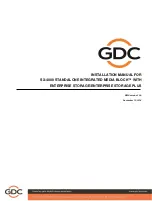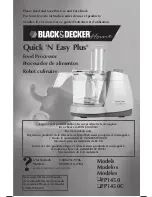
TBLR
Table Read
7-186
Syntax
TBLR
dma
Direct addressing
TBLR
ind [, ARn]
Indirect addressing
Operands
dma:
7 LSBs of the data-memory address
n:
Value from 0 to 7 designating the next auxiliary register
ind:
Select one of the following seven options:
* *+ *– *0+ *0– *BR0+ *BR0–
TBLR
dma
15
14
13
12
11
10
9
8
7
6
5
4
3
2
1
0
1
0
1
0
0
1
1
0
0
dma
TBLR
ind [, ARn]
15
14
13
12
11
10
9
8
7
6
5
4
3
2
1
0
1
0
1
0
0
1
1
0
1
ARU
N
NAR
Note:
ARU, N, and NAR are defined in Section 6.3,
Indirect Addressing Mode (page 6-9).
Execution
Increment PC, then ...
(PC)
→
MSTACK
(ACC(15:0))
→
PC
(pma)
→
data-memory address
For indirect, modify (current AR) and (ARP) as specified,
(PC) + 1
→
PC
While (repeat counter)
≠
0
(pma)
→
data-memory address
For indirect, modify (current AR) and (ARP) as specified,
(PC) + 1
→
PC
(repeat counter) –1
→
repeat counter.
(MSTACK)
→
PC
Status Bits
None
Description
The TBLR instruction transfers a word from a location in program memory to
a data-memory location specified by the instruction. The program-memory ad-
dress is defined by the low-order 16 bits of the accumulator. For this operation,
a read from program memory is performed, followed by a write to data memory.
When repeated with the repeat (RPT) instruction, TBLR effectively becomes
a single-cycle instruction, and the program counter that was loaded with
(ACC(15:0)) is incremented once each cycle.
Words
1
Opcode
















































